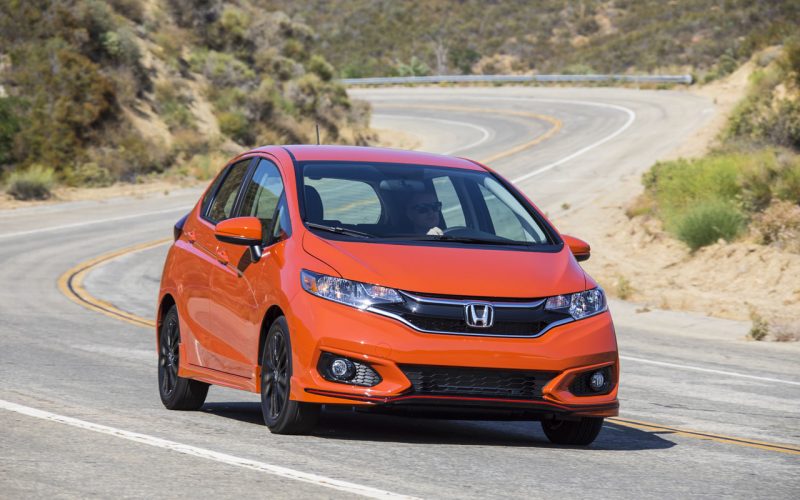
Reading Time: 9 minutesThe ultra-practical Honda Fit subcompact hatchback gets a thorough mid-cycle refresh for 2018, with edgier styling,
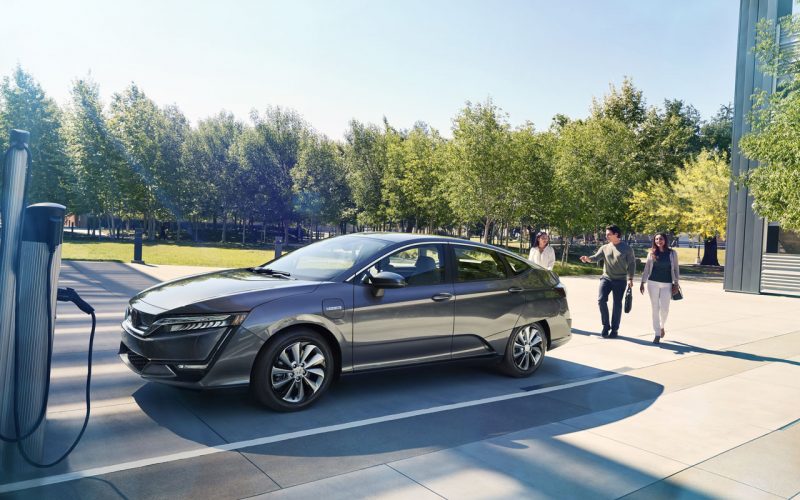
Reading Time: 4 minutesHonda has been at the forefront of production car electrification since the first modern-day hybrids hit
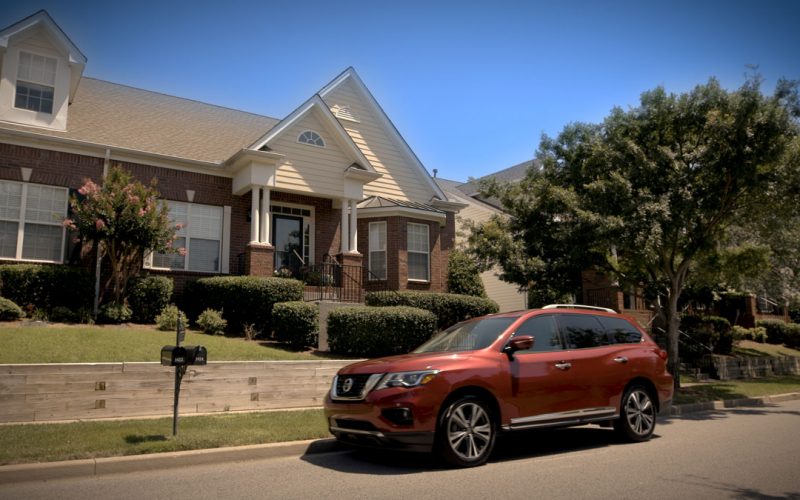
Reading Time: 5 minutesHeartbreaking news of children and animals left to suffer in the back seats of cars during
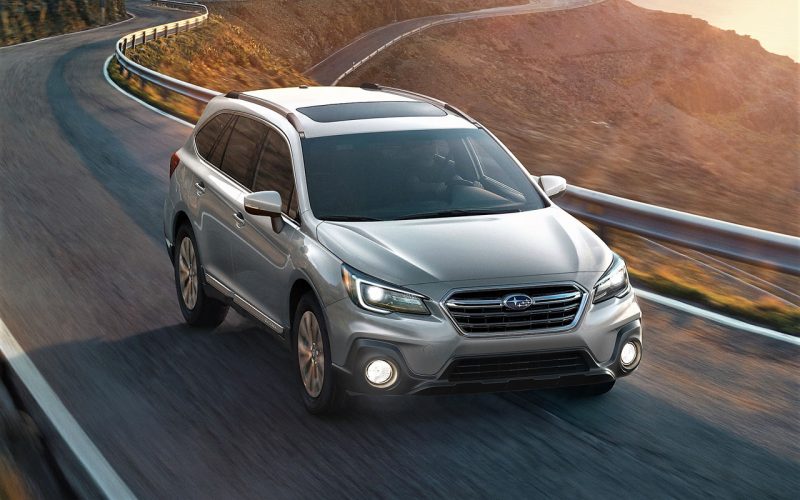
Reading Time: 7 minutesSubaru’s highly successful Outback has been refreshed for 2018, with styling updates that better reflect its
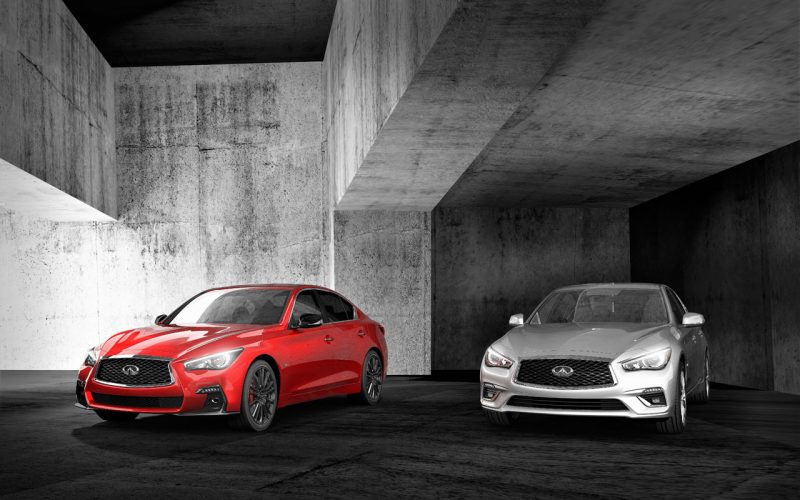
Reading Time: 9 minutesInfiniti started production of its refreshed 2018 Q50 sport-luxury sedan at the premium brand’s Tochigi, Japan
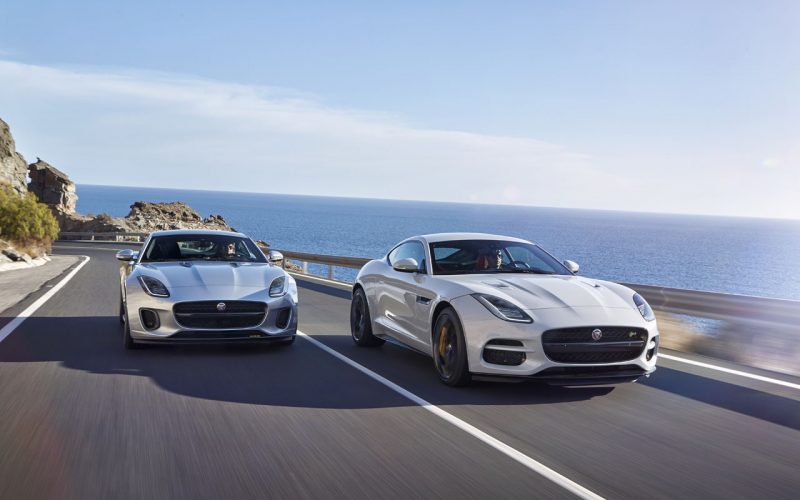
Reading Time: 8 minutesYou can be forgiven for not noticing the mild changes made to Jaguar’s beautiful F-Type sports
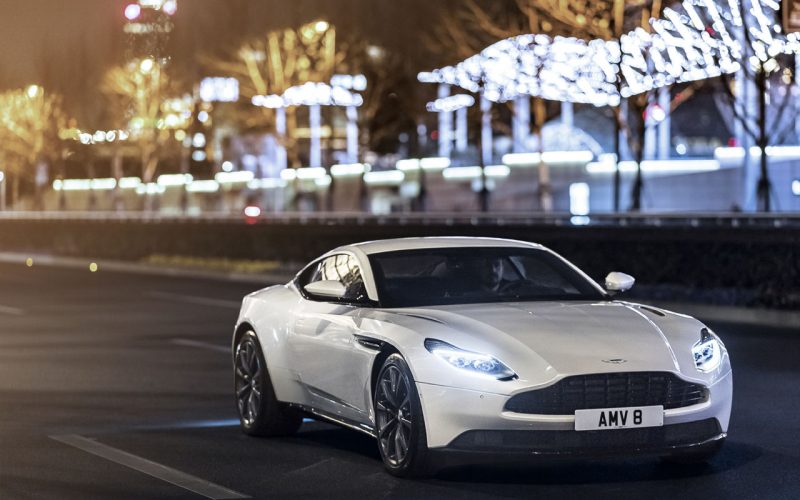
Reading Time: 4 minutesThere’s been a V8 in Aston Martin’s lineup since 1969, and while the latest version wasn’t
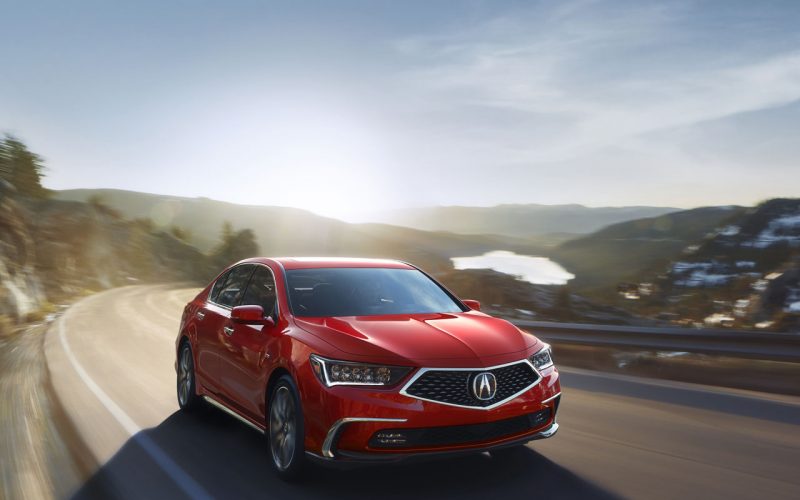
Reading Time: 6 minutesAnyone who’s driven Acura’s RLX Sport Hybrid knows it’s an especially impressive sport-luxury sedan, especially in
© 2025 The Car Magazine. All Rights Reserved, Privacy Policy | Terms of Use